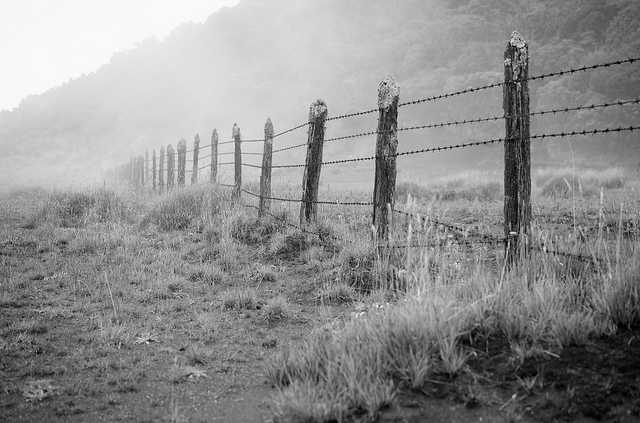“The biggest problem with having a disability is that far too often
people see it before they see you!”
I met little David at a local Starbucks a few years ago.
You see, I was hunched over my laptop searching the internet for a new twist for a piece on people with disabilities given that October is National Disability Employment Month. Over a third cup of coffee, I was focused, oblivious to the comings and goings of folks entering and leaving. But in truth, I was in my zone and preferred to keep it that way.
But little David – his Downs Syndrome and all – had other plans for me. And others.
At the top of his lungs, David called out “Hey brother” as he approached a surprised me at my table in the corner. A high five and a hug later, David was off greeting and hugging others in the place. And like me, all were startled and clearly smitten by little David. It was written all over their faces, our faces. Their silence spoke volumes.
“David, David, get back over here. Leave these people alone!” demanded his mom; words she’d no doubt uttered many times before – words obviously to no avail. But that was before she realized how deeply David touched all of us that day.
Three minutes later, and with little David in tow, mom headed to the door and, David being David, waved and bellowed to us, “good bye my friends.” And we all, in unison, in different words, with moisten eyes – patrons and Starbucks employees alike – stood up and returned, “See ya David!”
And for a few seconds we all stood there, in complete silence, absolute strangers no longer, knowing somehow and full well that we’d just been touched – and connected in our humanity – by an angel.
Now I’ve returned to that Starbucks a number of times since then, feeling cheated by the brevity of that meeting with David, wishing and hoping my little buddy would be there.
But no such luck so far. But I’ll keep going back.
Yes, I’ll keep going back…. wishing and hoping!





